Summer Theory Group
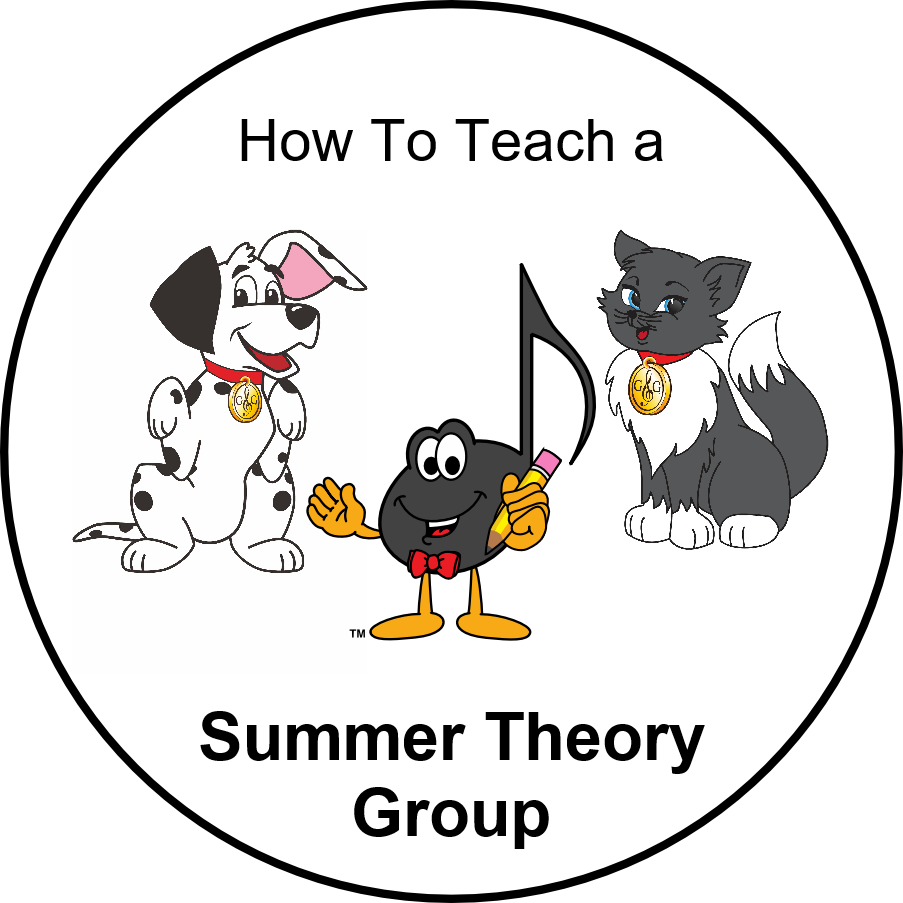
Have you ever wanted to hold a Summer Theory Group but don't know where to start? Then this Blog is for you!
I hold 3 different Summer Theory Group "types":
- A 5-day "Supplemental Workbook Summer Theory Group Club Class" to work through a specific Supplemental Workbook where all students work together to complete a Supplemental Workbook Level;
- A 5-day "UMT Workbook Summer Theory Group Club Class" for Students in the same Ultimate Music Theory Workbook (Prep 1 & Prep 2, Basic, Intermediate or Advanced) where students work at their own pace through their Workbook, with all students working through the same Workbook;
- A "Summer Theory Group Drop-In" for Students of ALL levels to work through their own Workbooks.
As I write this Blog, I have already received messages from 5 Parents who are wanting to know the dates for the Summer Theory Group Classes this summer. That is right - the kids want to come back!
I hope that this Blog will give you ideas on how you too can host a Summer Theory Group.
Summer Theory Group - What You Need to Have in order to Run One
Are you ready? If you have a dining room table with seating for 2 to 4 students or a set of "tv tray" tables that can be set up in front of your couch (or using kitchen chairs), you can run a Summer Theory Group!
I live in a small townhouse. My Summer Theory Group Classes have been held sitting around my dining room table and in my small basement Studio with students sitting on "card table chairs" with "tv tray tables". The type of Summer Theory Group Class determines where I hold the Classes.
The only other "must haves" for me are my Large UMT Teacher Whiteboard, a small Student Whiteboard for each student (students usually bring their own), and my Answer Books!
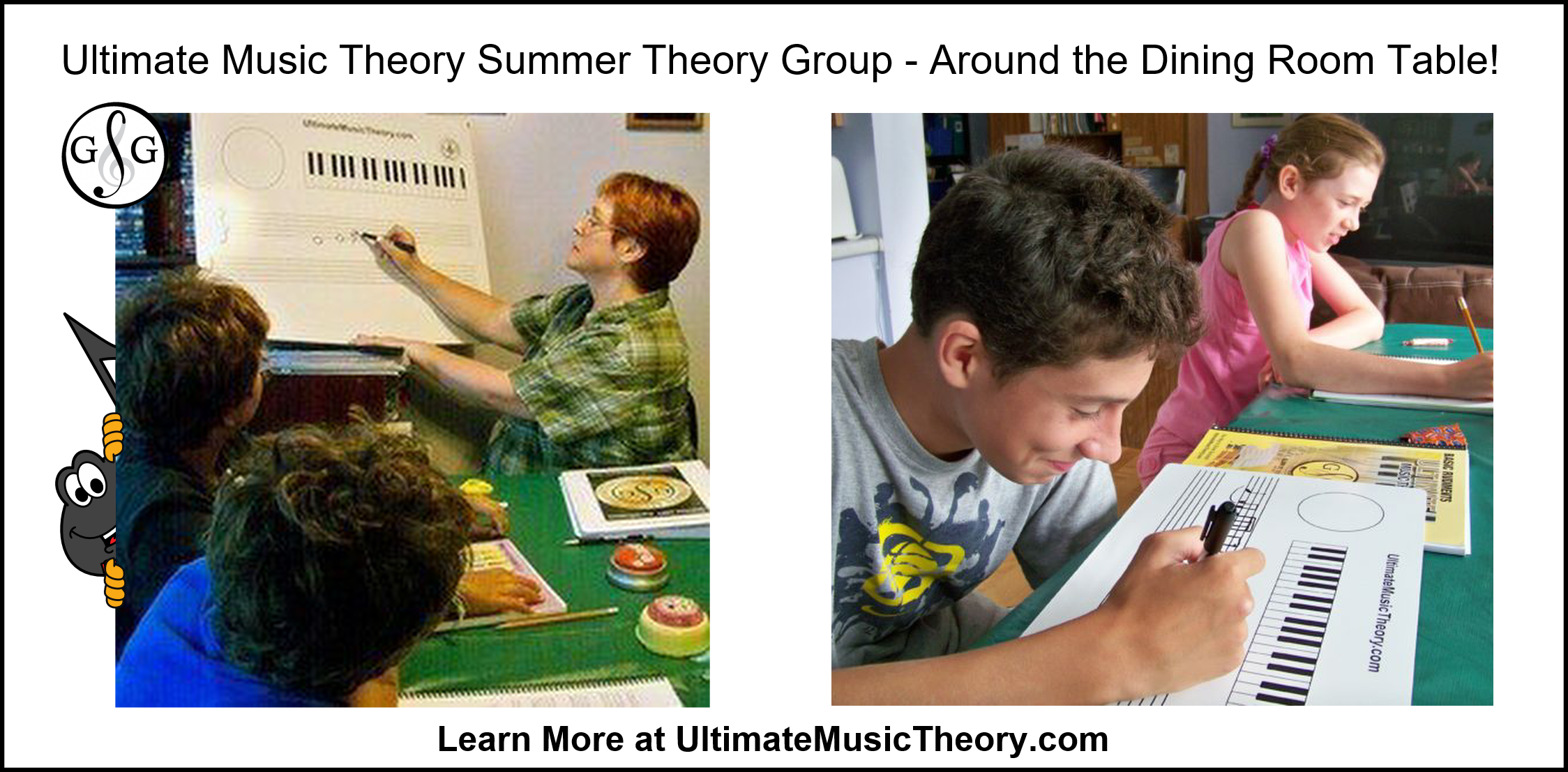
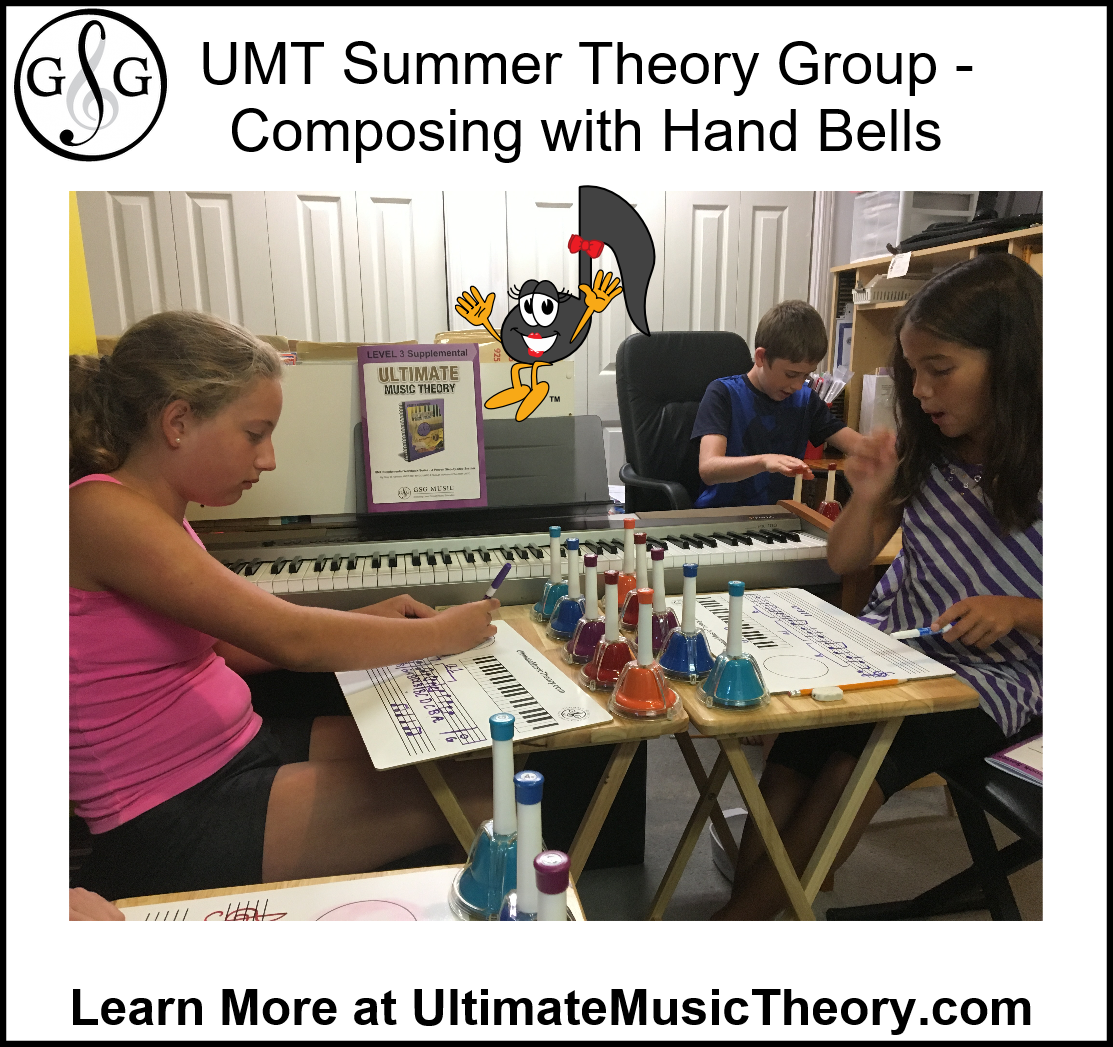
How to Run a Supplemental Workbook Summer Theory Group Club
This type of Summer Theory Group Club is devoted to completing a specific Supplemental Workbook Level.
Time Needed: 5 2-hour classes. I find it best to run this on 5 consecutive weekdays.
Goal: To work as a Group through the "Harmony and History" concepts. Students will also have time to work through the "Theory" concepts at their own pace.
Format: When I run a Supplemental Workbook Summer Theory Group Club, I start the group allowing students to work through the Theory pages at their own pace. We read through the new concepts as a group, and then the students complete their exercises. I mark each page as each Student completes it.
After about 30 minutes, we flip to the "Harmony" pages - the melody writing pages. As a group, we head to the piano and spend some time having fun taking turns playing the examples and improvising some "answers". Then, back at the table, students start to work through their own questions.
Students can take their Supplemental Workbook to the piano to play through their answers before I mark them. I also have Hand Bells and Xylophones that students can choose to use when composing. (You don't have to have these, but my students like to get to class early to pick their favorite instruments!)
The final part of the Supplemental Workbook Summer Theory Group Club is spent having a snack and watching the "History" examples. (I run a cable from my computer to the TV to make it easier for the kids to all see the Videos.) After watching the video, Students have a chance to complete the "History" questions in their Workbook and then we mark the questions as a group.
You certainly can use different formats for running your Supplemental Workbook Summer Theory Group Club. However, this format provides me with lots of flexibility, question & answer time, and is lots of fun!
From personal experience, the best Ultimate Music Theory Supplemental Workbooks to use in this type of Summer Theory Group are the "stand alone" workbooks - the Workbooks that are used AFTER completing the UMT Workbook:
- LEVEL 1 Supplemental Workbook - use with Students who have finished (or are close to finishing) the Prep 1 Rudiments Workbook & the PREP LEVEL Supplemental Workbook.
- LEVEL 3 Supplemental Workbook - use with Students who have finished (or are close to finishing) the Prep 2 Rudiments Workbook & the LEVEL 2 Supplemental Workbook.
- LEVEL 5 Supplemental Workbook - use with Students who have finished (or are close to finishing) the Basic Rudiments Workbook & the LEVEL 4 Supplemental Workbook.
- LEVEL 7 Supplemental Workbook - use with Students who have finished (or are close to finishing) the Intermediate Rudiments Workbook & the LEVEL 6 Supplemental Workbook.
When using these Supplemental Workbooks to create a Supplemental Workbook Summer Theory Group, students ONLY need their Supplemental Workbook. Students who are at least 3/4 of the way through their UMT Workbook can also "work ahead" in their Theory in this Summer Theory Group.
How to Run a UMT Workbook Summer Theory Group Club
A 5-day "UMT Workbook Summer Theory Group Club" is for Students in the same Ultimate Music Theory Workbook (Prep 1 & Prep 2, Basic, Intermediate or Advanced).
Time Needed: 5 2-hour classes. I find it best to run this on 5 consecutive weekdays.
Goal: Students work through their own Workbook (and matching Supplemental Workbook) at their own pace. They do NOT need to be on the same page, nor do they need to work at the same speed.
Format: Students arrive, find a TV Tray & chair, or sit at the Dining Room Table....and they start working!
The joy of this class is that when the Teacher explains a concept for a student, the entire class gets to hear the explanation. Whether they have already learned the concept, or whether they are still pages away from learning the concept, the explanation time is worthwhile! It is either a "Review Moment" or a "Pre-Teaching Moment".
Summer Theory Group Activities
In this Summer Theory Group, I like to mix "concentrated writing time" (where students work in their own books, and I mark each page as it is completed) with "Group Activities" (where students learn by having fun). Here are some Activities that I use:
The "Easy Button" Race: I purchased an "Easy Button" from Staples (you can use any type of "button"). I select a page/exercise (usually from a Review Test) and all students jump to that page in their Workbook. We "count in" with "Ready, Steady, GO" and then they answer or complete that page/exercise/question. When they have finished, they "hit the Easy Button". Students love to race to see who can hit that Easy Button first! As soon as someone hits the Easy Button, it is "pencils down" until we mark it to see if they are correct. If the student did not complete the question correctly, the game continues.
The "1-2-3 Reveal" Activity: Using their Student Whiteboards, I call out a definition or concept and students write their answer on the back of their Whiteboard. When I say "1-2-3 Reveal", students turn their Whiteboards around to show the answer.
For example, "name the Italian Term for a slow tempo, slower than andante but not as slow as largo". Students would write "adagio" (to be correct!). I encourage students to support each other too - if someone makes a mistake, it is an opportunity to review what their answer actually means (it is not a "win or lose" situation).
The "Slap" Game: Use the appropriate Flashcards for your Group Level (Flashcards can be found for each Level in the Ultimate Music Theory Workbook Series by going to the Free Resources link to download and print the Flashcards). Spread several Flashcards on the table and give each student a Fly Swatter. Then, call out a concept/definition/term, and see who can slap the correct Flashcard first.
The "Entertainer": Each student performs a piece on their instrument. As they are performing, the other students list on their Whiteboard any Dynamics, Articulation, Tempo, Tempo Changes or other theory concepts that they "hear" in the performance. At the end of the performance, the "Entertainer" (the student who was playing) gets to check to see if all the answers are correct.
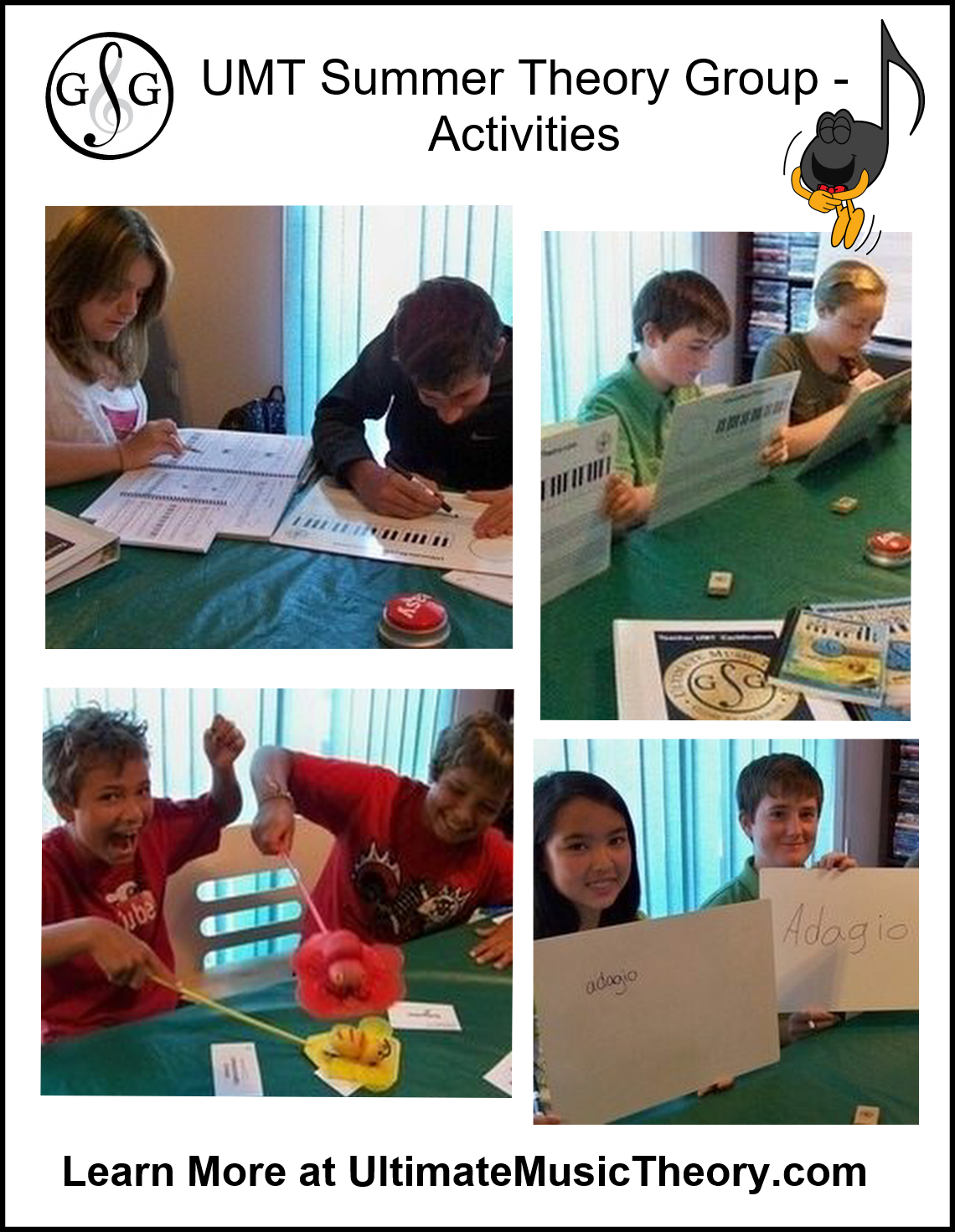
The prize? I use Cheerios, Raisins, Smarties....some little "pop in your mouth" treat. (It turns "snack time" into "learning time".)
If you have created a Group Game that your students love, please share it in the Comments Section below! Thanks.
How to Run a Summer Theory Group Drop-In
This third type of Summer Theory Groups is actually one of my favorites. I call it the "Summer Theory Group Drop-In". Students of all ages and levels come over to my house at a set time, and sit around & do theory for 2 hours!
If they have a question, I am there to help them. When they finish a page, I am there to mark it.
Here are 2 options to organize your Summer Theory Group Drop-In:
OPTION #1: The "Same Time/Same Day every week" Group: During the summer, pick a specific time and date each week that you will be at your Dining Room Table (or in your Studio) to facilitate your Group Drop-In. Send out a list (with the dates and times) at the beginning of the summer to all parents.
Parents can pre-register or they can register "last minute". I do ask that parents submit a non-refundable Registration Deposit, with the remaining Group Lesson Fee due at the beginning of the Group.
If the Student is hesitant about registering for several different Theory Group Drop-In Dates, I tell parents that "Satisfaction is Guaranteed". If the Student does NOT enjoy the first Group, they do not have to return on the rest of the Group Dates and I will refund their Registration Deposits. I have never ever had to refund anyone.
OPTION #2: The "Rain Date": I check the weather app on my phone. If rain is in the forecast, I send out a "Summer Theory Group Drop-In Notice" to parents. (I also offer a "before and after baby-sitting service" at an additional fee, but you don't have to do that!) Parents get a break and the kids get to have some fun doing their theory.
I have actually had to LIMIT the number of students to the first 6 who respond to the "Summer Theory Group Drop-In" Notice that I email to parents. Once students and parents realize just how many pages of theory can get completed during a 2-hour theory group, and how rewarding it is to get so many theory pages done, the students want to attend!
Summer Theory Group Cost
When deciding how much to charge for your Summer Theory Group Club Classes, be certain that you are covering your own "time" but are also creating a savings for Parents that they cannot refuse!
For example: "Summer Theory Drop-In Class is $50.00 for a 2 hour group class. A Private 2 hour Class would cost you $100! You are saving $50 AND your child is completing extra theory during the summer! Class Size is LIMITED so Register NOW!"
Then, with 2 students attending your 2-hour group, you are making your usual private teaching rate. However, it is easy to have 4 to 6 students attend a group (which means you can double, triple and even quadruple your private teaching rate for those 2 hours).
Please note that this is ONLY an example. Charge whatever you feel comfortable charging but remember - make certain that you are charging enough! Your time is valuable!
I hope that this Blog has inspired you. Get Your Ultimate Music Theory Supplemental Teacher Pack and Have Fun!
Ultimate Music Teachers Membership
♪ LEARN ♪ PLAN ♪ TEACH ♪ GROW
The One & ONLY Ultimate Music Teachers Membership
To Become A UMT PRO!
Your Success Path Starts Here - Go To TeachUMT.com Today!
Keep on Learning... With a Smile and a Song!
Shelagh McKibbon-U'Ren
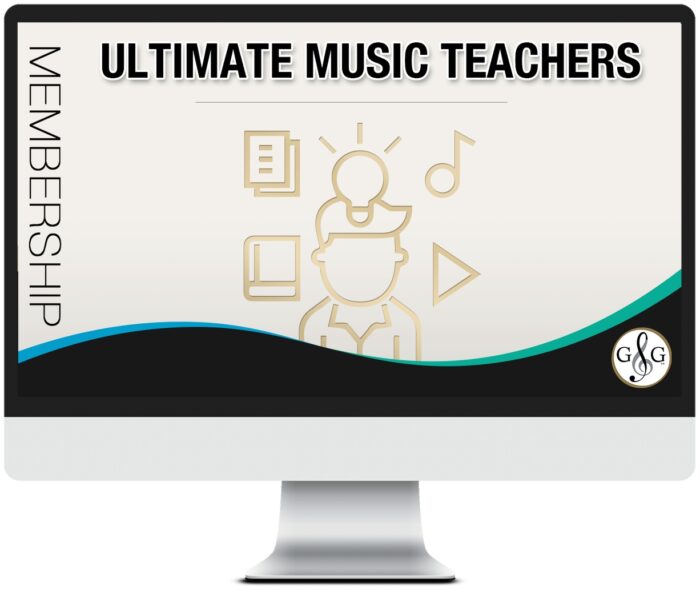


Awesome thanks!